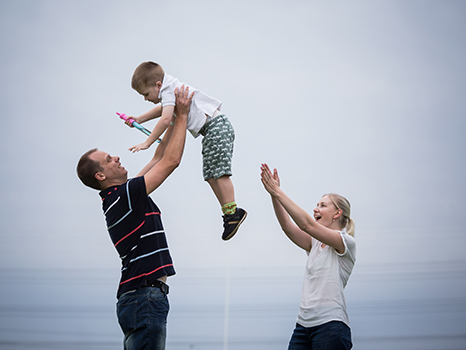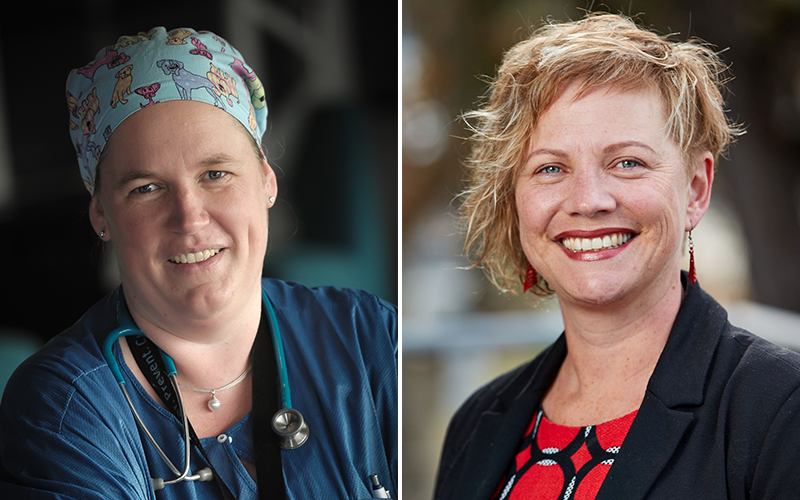Search
Research
Risk assessment and optimization strategies to reduce perioperative respiratory adverse events in Pediatric Anesthesia—Part 2: Anesthesia-related risk and treatment optionsPerioperative respiratory adverse events are the most common cause of critical events in children undergoing anesthesia and surgery. While many risk factors remain unmodifiable, there are numerous anesthetic management decisions which can impact the incidence and impact of these events, especially in at-risk children.
Research
COVID-19 implications for pediatric anesthesia: Lessons learnt and how to prepare for the next pandemicCOVID-19 is mainly considered an “adult pandemic,” but it also has strong implications for children and consequently for pediatric anesthesia. Despite the lethality of SARS-CoV-2 infection being directly correlated with age, children have equally experienced the negative impacts of this pandemic.
Research
Anesthetic considerations in children with asthmaDue to the high prevalence of asthma and general airway reactivity, anesthesiologists frequently encounter children with asthma or asthma-like symptoms. This review focuses on the epidemiology, the underlying pathophysiology, and perioperative management of children with airway reactivity, including controlled and uncontrolled asthma.
Research
Early life predictors of obstructive sleep apnoea in young adults: Insights from a longitudinal community cohort (Raine study)Obstructive sleep apnea (OSA) increases the risk of perioperative adverse events in children. While polysomnography (PSG) remains the reference standard for OSA diagnosis, oximetry is a valuable screening tool. The traditional practice is the manual analysis of desaturation clusters derived from a tabletop device using the McGill oximetry score. However, automated analysis of wearable oximetry data can be an alternative. This study investigated the accuracy of wrist-worn oximetry with automated analysis as a preoperative OSA screening tool.
Research
Impact of honey on post-tonsillectomy pain in children (BEE PAIN FREE Trial): a multicentre, double-blind, randomised controlled trial*Tonsillectomy, a common childhood surgery, is associated with difficult postoperative recovery. Previous reviews provided low-grade evidence that honey may improve recovery. The BEE PAIN FREE study investigated whether honey alongside multimodal analgesia improved the recovery trajectory in children following tonsillectomy.
Research
Prior administration of chocolate improves the palatability of bitter drugs: The Choc-with-Med studyThe paediatric population has a low adherence and acceptance rate of unpalatable medicines. This study aimed to determine whether eating chocolate immediately prior to drug administration would help to mask the bitter taste of a drug. The difference in taste masking efficacy between white, milk and dark chocolate was a secondary measure outcome.
Research
Error traps in pediatric difficult airway managementDifficult airway management in children is associated with significant morbidity. This narrative review on error traps in airway management aims to highlight the common pitfalls and proposes solutions to optimize best practices for pediatric difficult airway management. We have categorized common errors of pediatric difficult airway management into three main error traps.

The vision of the Perioperative Medicine Team is to make discoveries that will improve children’s perioperative care and lead to global practice change.

News & Events
Paediatric anaesthetist named a WA Young Tall PoppyA leading paediatric anaesthetist and researcher focused on making anaesthesia safer and more comfortable for children has been named a 2022 Western Australian Young Tall Poppy.
Research
Prenatal Exposure to General Anesthesia and Childhood Behavioral DeficitExposure to surgery and anesthesia in early childhood has been found to be associated with an increased risk of behavioral deficits. While the US Food and Drug Administration (FDA) has warned against prenatal exposure to anesthetic drugs, little clinical evidence exists to support this recommendation.
